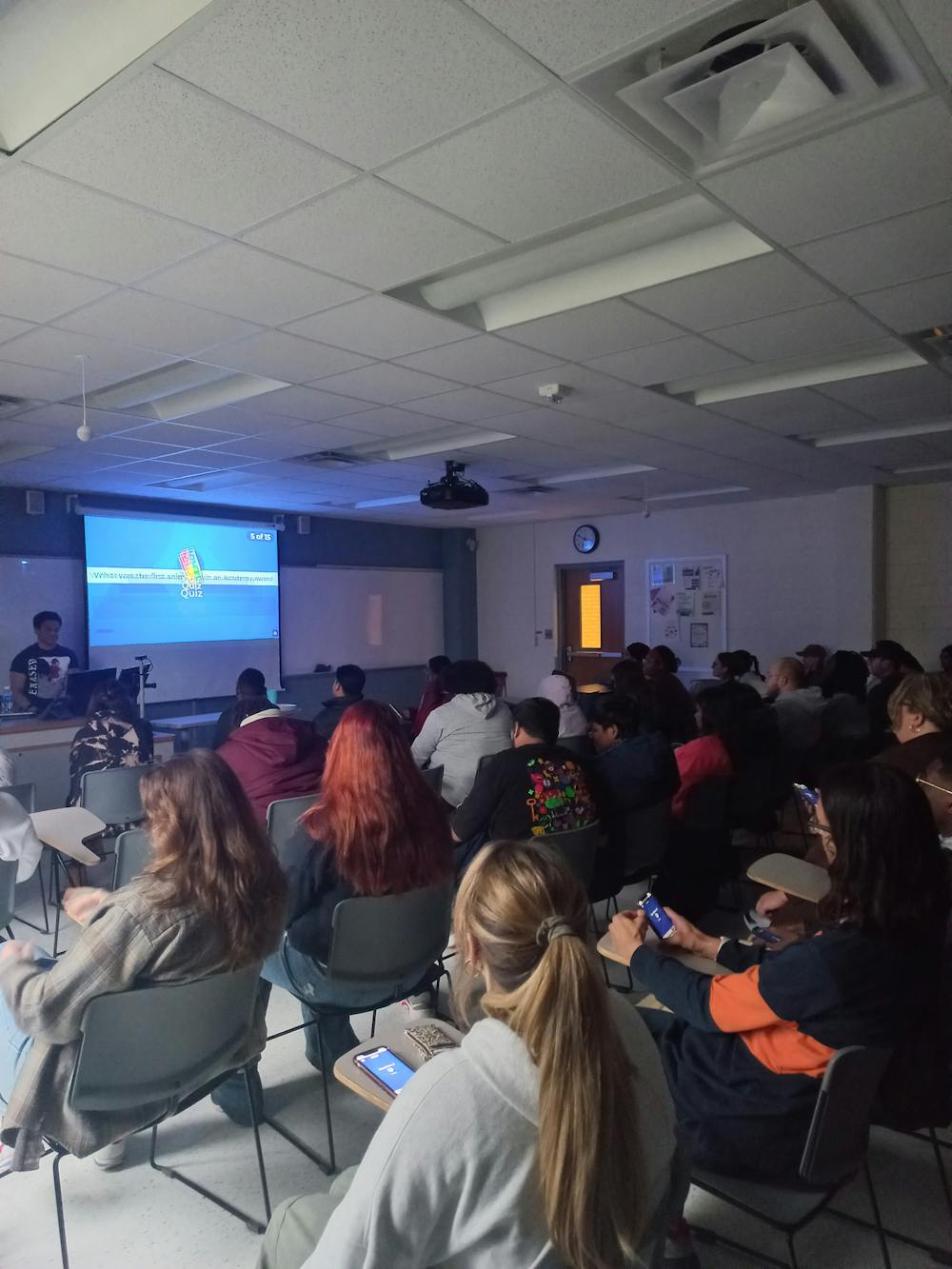Anime: A Glimpse into Japan's Storied Culture
In the ever-evolving landscape of global entertainment, anime has emerged as a cultural phenomenon, transcending border and captivating audiences worldwide.
Gagansai Birru is a graduate student at Central Michigan University who is an anime lover and has a strong enthusiasm and interest in watching various anime shows. He attended the "History of Anime" event on April 11 to further explore anime and to meet people who share the same interest.
For Birru, anime is more than just a form of entertainment; it's a window into the Japanese culture and society.

"Japanese traditions and values are widely introduced to other parts of the world through anime," he said. “Helping to preserve and spread cultural heritage globally.
"To reach viewers, anime episodes had to be broadcast on television. However, with the rise of the Internet, anime has become readily available to a global audience. Fans now have the freedom to select from a variety of genres and enjoy anime on their own schedule."
This global popularity has made the anime industry a money-maker for Japan's economy. Moreover, the depiction of Japan's landscapes and cities in anime has fueled tourism, allowing fans to immerse themselves in the settings that have captivated them on screen, Birru said.
To meet international demand, the anime industry now provides shows dubbed in many languages. This global reach enables cross-cultural collaboration between Japanese and foreign creators.
Birru named series that had global impact, like "Dragon Ball Z," "Jujutsu Kaisen” and "One Piece.”
"These shows are more than just entertainment, they have become very important in culture, and it influences how people grow and develop as individuals,” he said.
"They also shape what is popular and trendy in pop culture", said Birru. Fans have embraced anime characters, emulating them at sports events and public gatherings.
"Anime fans share and celebrate the medium, attracting more viewers and growing the fanbase," Birru said, highlighting the mutually beneficial relationship between creators and fans.
Birru said that "anime can be categorized into different stages or genres, such as shonen and hentai. He elaborated that shonen is primarily aimed at boys aged between 12 and 18 years old, while hentai is targeted at adults.
"Based on these stages, we can distinguish whether a work is a cartoon or an anime," Birru said. "However, regardless of the classification, both are forms of animation. It's up to us to choose a genre and immerse ourselves in the beauty of the art, enjoying the unique storytelling and visuals each genre offers."
Looking into the future, Gagan is optimistic about the possibilities that await anime, both in terms of narratives and its ability to captivate audiences worldwide.
"The future of anime is unpredictable and promising, with potential for groundbreaking stories and concepts that could continue to captivate and expand its global audience," he said.




